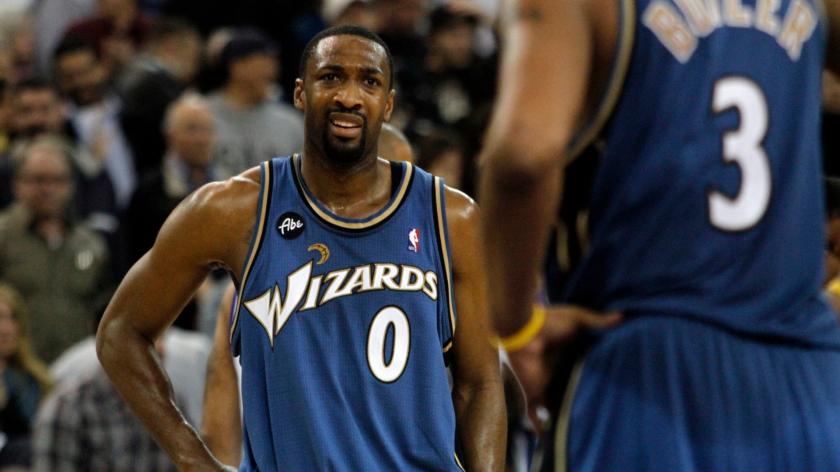
Over the years, there has been an increase in senior athletes. This is due to more people participating in competitions. A variety of factors are responsible for the rise in senior athletes, including the increasing interest in sport by seniors. Even though physical fitness tends towards declining as we age there are ways to stay fit and remain active.
Sport motivation
A recent study found that senior athletes' sport motivation is affected by their age, gender, and competition level. The validated questionnaire was used in the study to measure motivation for sport participation. The table below shows Table 1. Participants were then categorized according to their sport. Moreover, the results indicated that the questionnaire had several psychometric properties.
The study included 316 senior and junior athletes who participated in three team sports. The three questionnaires required the participants to complete were self-report. They were also categorized according to their sport and competition level. Results revealed that handball players are the least motivated to succeed while handball players are the most.
With aging, physical fitness declines.
Aging causes a decline of physical fitness. Also, muscles lose their flexibility and become stiffer which can affect their ability to exercise hard. Despite these changes, many senior athletes are still capable and capable of doing extraordinary feats.
The study found that both men and females' aerobic capacity declined by 20% every ten years. The rate of decline in men after 40 was more than the women's. This accelerated rate of decline has implications for functional independence and quality of life.
Exercise regimens
Athletes of all ages can benefit from an exercise regimen. Senior athletes should include cardiorespiratory exercise and muscle-strengthening activities into their training. These exercises will improve their balance and help maintain their strength. While older athletes are less likely to sustain injuries, they must still develop the endurance and muscles necessary to compete.
Before starting any exercise program, you should have a medical clearance. If you have a history of injuries or a history of chronic illness, you may need to modify the intensity of your workouts. To get the best out of your program, you might need to change your medication schedule or meal plan.
Nutrition
Senior athletes require nutrition that is customized to their particular needs. Athletes should follow good nutrition principles to optimize their overall health and athletic performance. The individualised advice regarding diet should take into account preventive health tips. A registered dietitian can provide dietary prescriptions for senior athletes. In addition to dietary advice, senior athletes may also be interested in topics such as exercise and weight control.
An older athlete should aim to eat healthy, nutrient rich foods. This can improve recovery from intense workouts as well as reduce the likelihood of suffering from age-related debilitating disorders. To fuel their muscles and keep them healthy, older athletes should consume wholesome carbohydrates. They should also consume foods that are high in antioxidants and fiber.
Balance
The physiologic changes that occur with age have significant consequences on balance in senior athletes. Sports and orthopedic physicians must first learn about the changes occurring in the body to ensure safe and effective performance. Then, they can design and implement an SMT program to address these issues. Balance training is also a vital component of overall health and fitness. Balance training improves muscle strength, postural alignment, balance, and prevents falling.
The key component of balance is proprioception also known as joint positioning sense. Studies have shown that elite athletes with ACL tears have significantly decreased Joint Positional sense, suggesting that secondary injury issues could be present. In one study, researchers compared the Joint Positional Sense of 30 athletes with UCL tears to 30 athletes who had not undergone ACL injury.